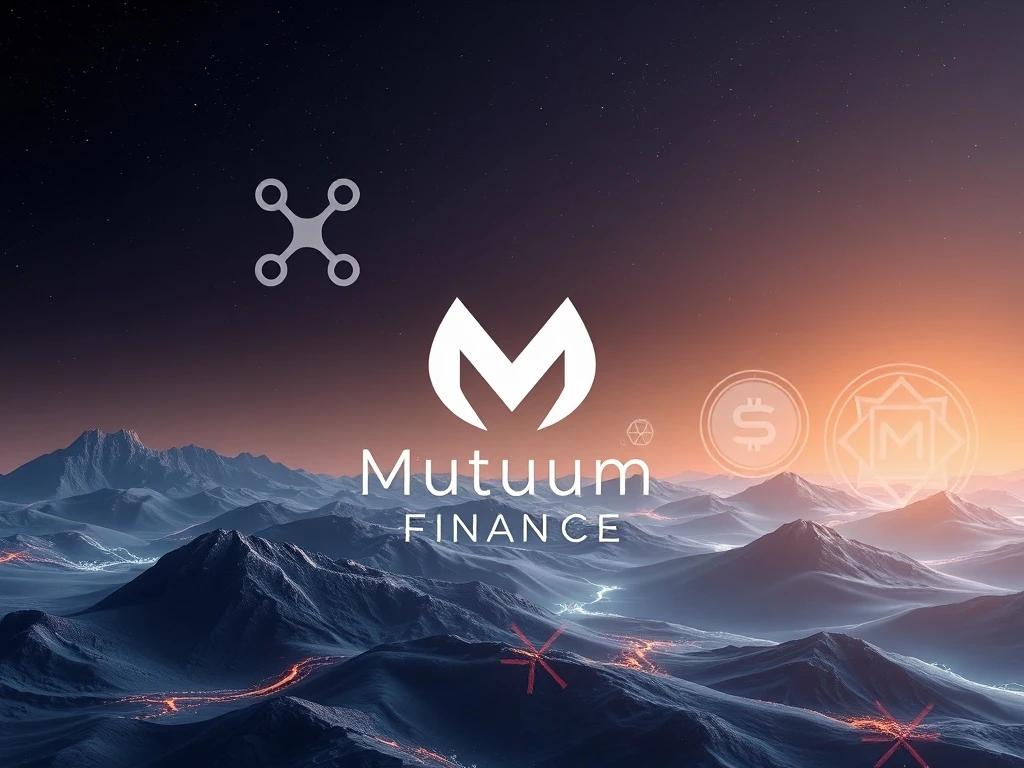XRP News Today: Mutuum Finance Dominates SHIB, XRP, and ADA with 12% APY and Rising Presale Demand

In the fast-evolving world of cryptocurrency, Mutuum Finance (MUTM) is making waves as a top contender against established names like Shiba Inu (SHIB), Ripple (XRP), and Cardano (ADA). With a compelling 12% APY and a presale price set to rise to $0.040, MUTM is attracting investors looking for high-yield opportunities in the DeFi space.
Why Mutuum Finance is Outperforming SHIB, XRP, and ADA
Mutuum Finance offers a unique blend of Peer-to-Contract (P2C) and Peer-to-Peer (P2P) lending models, providing tangible utility and yield generation. Here’s why it stands out:
- High APY: Earn up to 12% APY on stablecoin or blue-chip asset deposits.
- Security: Audited smart contracts with a 95.00 CertiK score.
- Growth Potential: Early investors have seen returns as high as 6x.
The Challenges Facing SHIB, XRP, and ADA
While SHIB, XRP, and ADA have their strengths, they face significant hurdles:
| Cryptocurrency | Key Challenge |
|---|---|
| SHIB | Lacks sustainable utility, relies on hype. |
| XRP | Regulatory uncertainty and centralized ledger. |
| ADA | Slow adoption despite academic rigor. |
How Mutuum Finance is Revolutionizing DeFi
Mutuum’s innovative approach combines security, yield generation, and governance-based utility. Key features include:
- Dual-Lending Models: P2C for stable yields, P2P for higher-risk rewards.
- Transparent Growth: $13.7M raised in presale with 14,500+ holders.
- Upcoming Phase 7: Price hike to $0.040, urging quick action.
FAQs About Mutuum Finance
Q: What is the current presale price of MUTM?
A: The presale is currently at $0.035, set to rise to $0.040 in Phase 7.
Q: How does Mutuum Finance ensure security?
A: It has a 95.00 CertiK audit score and $50,000 in bug bounties.
Q: Can I stake MUTM tokens?
A: Yes, mtTokens can be staked for additional MUTM rewards.
Q: Why is Mutuum Finance considered a better investment than SHIB or XRP?
A: It offers sustainable yield and utility, unlike meme coins or stalled Layer-1 networks.









